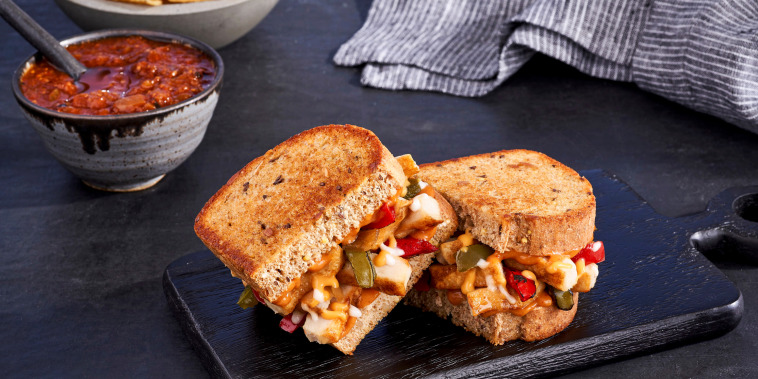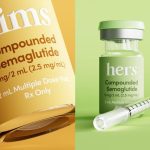Nestle is launching a new frozen-food brand, Vital Pursuit, aimed at the growing market of consumers who are using GLP-1 drugs like Ozempic and Wegovy.
Over the last year, the buzzy weight loss and diabetes drugs have taken off as more options hit the market and celebrities like Oprah Winfrey and Elon Musk endorse them. Roughly 1 in 8 adults in the U.S. has used a GLP-1 drug at some point, according to a recent survey from the health policy research organization KFF. Roughly half of those Americans, or around 6% of U.S. adults, are currently using one of the treatments. The total number of U.S. consumers taking the medication could soar to 31.5 million, or 9% of the total population, by 2035, according to Morgan Stanley research.
As the drugs’ popularity has soared, investors have grown concerned about what their rise means for food and beverage companies and fast-food chains. People who take the medication typically eat less frequently because they have fewer cravings and desire more protein and less sugary and fatty foods. In October, Walmart’s U.S. CEO John Furner told Bloomberg that people who pick up GLP-1 drugs from its pharmacies are buying less food, typically with fewer calories.
But Nestle sees an opportunity to cater to those consumers through Vital Pursuit.
“The reality is, for the last 25 years, the diet has been dying, in a sense. … For me, what we’ve done is actually given consumers a new tool that actually gives them confidence and success on this journey,” Nestle’s North America CEO Steve Presley told CNBC.
The new brand’s initial lineup of 12 items will include frozen bowls with whole grains or protein-packed pasta, along with sandwich melts and pizzas. The products will include one or more essential nutrients, like protein, calcium or iron. The company plans to sell Vital Pursuit items for $4.99 or under and offer gluten-free options.
Vital Pursuit’s packaging won’t include mentions of GLP-1 medications, but Nestle said the company will more directly connect the brand to the drugs on social media.
The new line will hit the freezer aisle by the fourth quarter.
In recent years, Nestle has also tried to focus more on health-conscious consumers. In 2018, it sold its U.S. candy business, which includes brands like Butterfinger, Crunch and Laffy Taffy, to Ferrero for $2.8 billion. Nestle’s food business, which includes brands like Stouffer’s and Toll House, only accounts for 14.5% of its U.S. sales.
Nestle already owns Lean Cuisine, which was founded in 1981 as a healthier alternative to other frozen meals. But the company chose to create a new brand to reach GLP-1 users because Lean’s branding focuses on consumers looking to limit their calories. But people who take GLP-1 medications may want to consume more nutrients, like protein, which can help with the muscle loss associated with the drugs.
“The consumer research shows that there are certain nutrients and certain macros that need to be delivered to actually help the consumers stay healthy along the journey of the GLP-1 treatment,” Presley said.
Shares of Swiss-based Nestle have fallen 16% this year, dragging its market value down to $278 billion. The food company expects that its global growth will slow this year as inflation-weary consumers buy less of its products.



